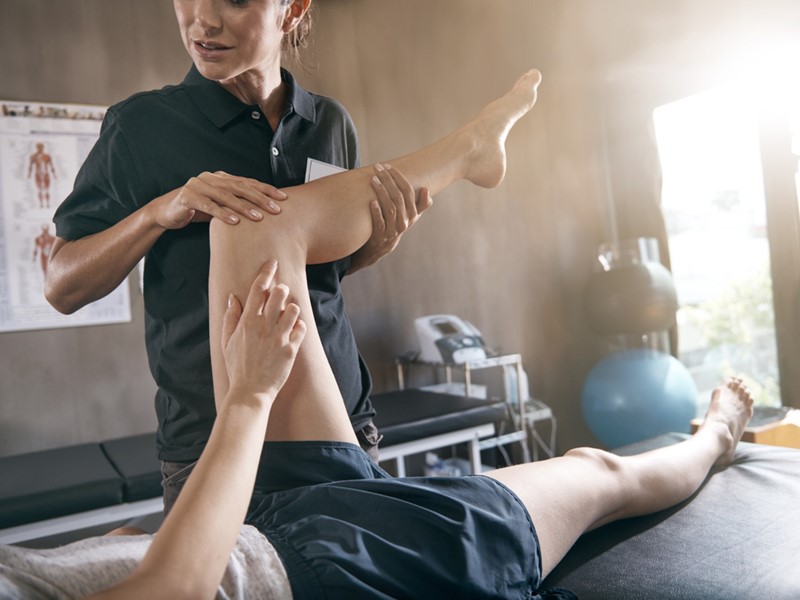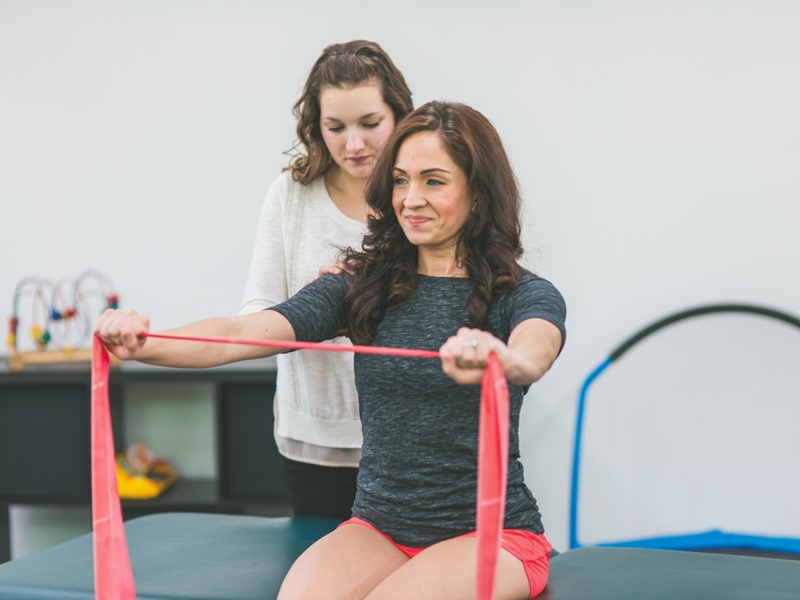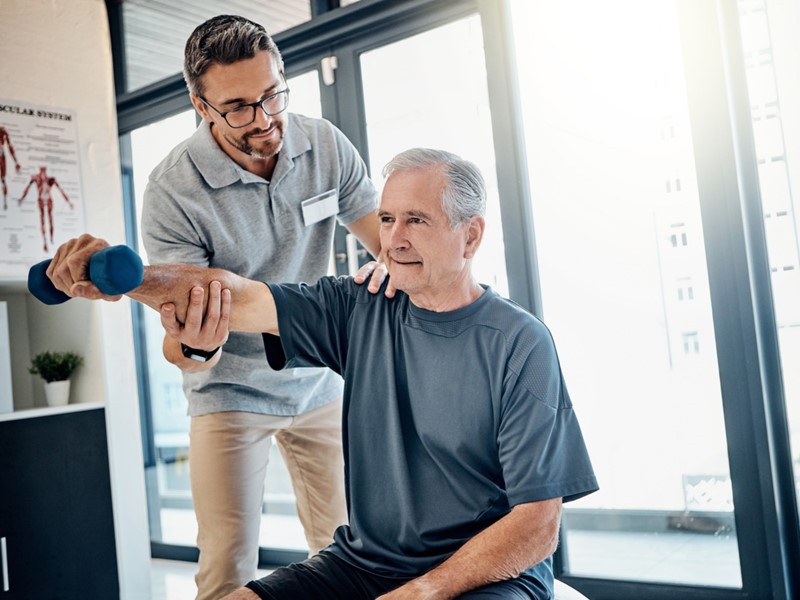Physical Therapy Services
For Every Stage Of Recovery
Our Physical Therapists specialize in treating a diverse population and a vast range of diagnoses, such as the back, neck, knee or shoulder. We treat sports injuries, strokes, spinal cord injuries, and general rehabilitation.
Our team of Physical Therapists are able to help you restore motion and decrease pain, correct deformities, increase muscle strength, flexibility and endurance and improve balance, and coordination.
Physical Therapy Services
At Connections, we offer PT services for the following.

Sports Injuries
Our PTs will help you increase muscle strength, flexibility, fitness and endurance for athletics.

Rehabilitation
Our PTs offer state-of-the-art treatment for ankle and foot, lower extremity, orthopedic and neuro rehabilitation.

Stroke and TBI
We have Physical Therapists who specialize in treating adults who have suffered from strokes and Traumatic Brain Injuries.

Pelvic Floor Therapy for Women
At Connections, we have a physical therapist who specializes in evaluating and treating pelvic floor dysfunction in women. This dysfunction could stem from tight, weak, or uncoordinated pelvic floor muscles which can lead to urinary or fecal incontinence, among other problems like constipation or pelvic pain.
Meet our Pelvic Floor Therapist
Meet our Pelvic Floor Therapist: Nancy Hernandez, PT, DPT

Nancy Hernandez, PT, DPT grew up in Idaho Falls and completed both her undergraduate and graduate studies at Idaho State University. Nancy is compassionate and understanding to women who struggle with pelvic floor issues and is excited to build relationships with her patients while getting them back to their lives with confidence.
Nancy can provide a thorough evaluation and will develop an individualized treatment program specific to your problems and functional goals. Depending on diagnosis, these treatments can include:
- strengthening or stretching for pelvic floor or surrounding muscle groups (abdomen, lower back, hips, etc.)
- biofeedback to help strengthen or relax the pelvic floor
- electrical stimulation for strengthening or relaxation
- relaxation techniques/deep breathing exercises
- manual therapy
- modalities (hot/cold therapy)
- patient education
- coordination exercises